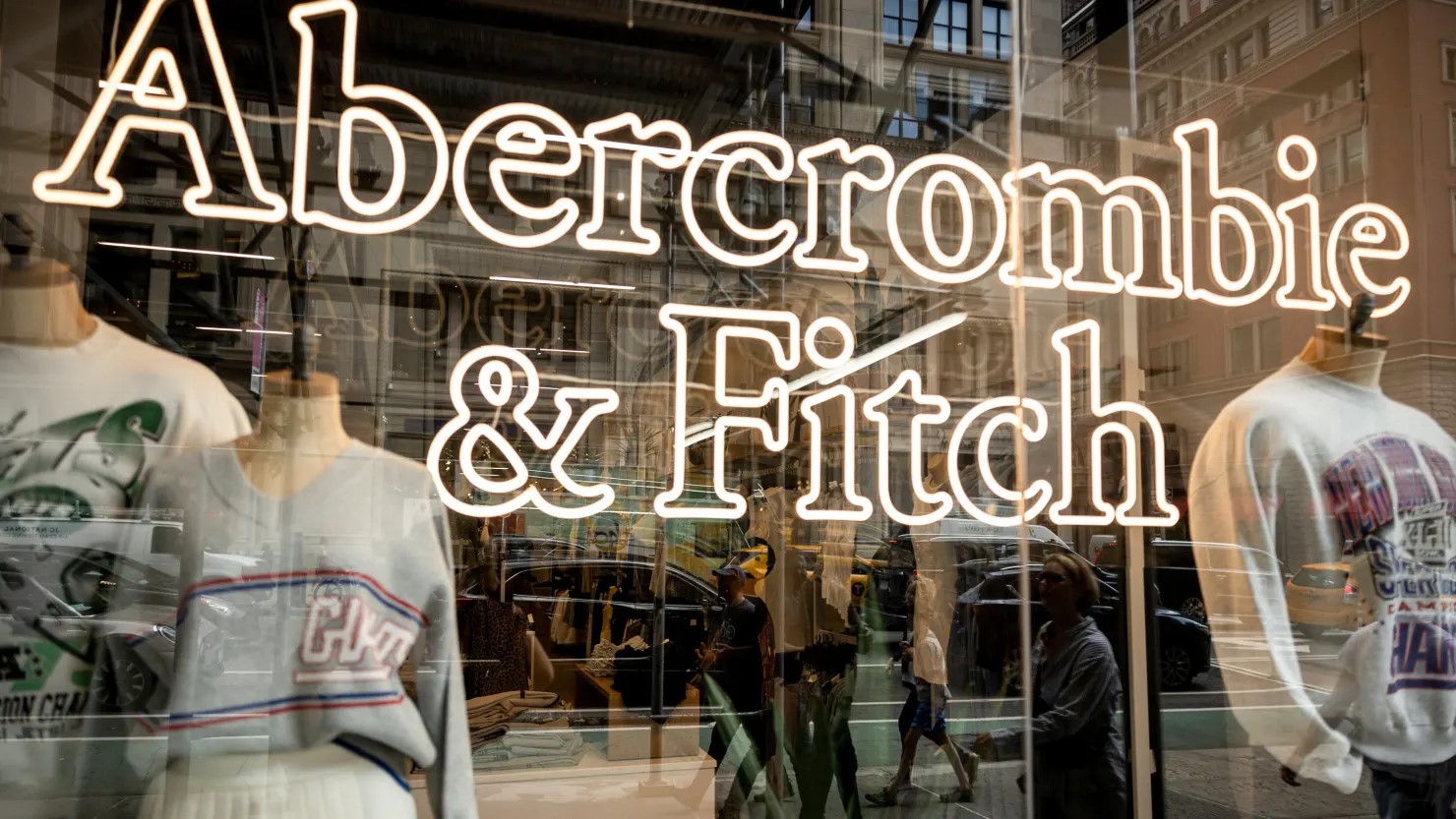
Abercrombie Sales Growth Slows, While Hollister Soars 19%

 :
| Updated On: 27-Aug-2025 @ 6:34 pm
:
| Updated On: 27-Aug-2025 @ 6:34 pmSHARE
Abercrombie & Fitch’s fiscal second-quarter sales growth slowed, reflecting challenges in maintaining the strong momentum from the previous fiscal year. Sales at the Abercrombie brand fell 5%, with comparable sales declining 11%, while teen-focused Hollister brand surged 19%, resulting in overall company sales growth of 7%. Hollister achieved its best-ever second-quarter net sales growth, and comparable sales across the business rose 3%, led by Hollister, which also saw comparable sales increase by 19%. This performance helped Abercrombie narrowly surpass Wall Street expectations for revenue and net income.
Net income for the quarter ended August 2 reached $141 million, or $2.91 per share, compared with $133 million, or $2.50 per share, a year earlier. Excluding the impact of a favorable litigation settlement, earnings per share were $2.32. Total sales rose to $1.21 billion from $1.13 billion the previous year. CEO Fran Horowitz stated that the company entered the second half of 2025 on offense, increasing full-year net sales guidance to 5–7%, up from a previous estimate of 3–6%. This range exceeds Wall Street expectations of 5.2% growth.
However, the company projected weaker third-quarter earnings, with anticipated EPS between $2.05 and $2.25, below expectations of $2.53, and operating margins of 11–12%, lower than the 13.3% expected by Wall Street. Full-year EPS guidance was tightened to $10.00–$10.50, compared with a previous range of $9.50–$10.50. Rising tariffs, particularly on goods from Vietnam, Cambodia, and India, contributed to cost pressures, increasing projected net tariff costs to $90 million, nearly double earlier estimates.
Abercrombie has sought to counteract slowing growth through strategic initiatives. The company is expanding into new product categories, including dresses, athleisure, and bridal wear, while pursuing international expansion and partnerships. Notably, Abercrombie became the NFL’s first “official fashion partner,” a multiyear deal providing personal styling for athletes, athlete-led campaigns, and player-designed apparel. The partnership builds on the success of NFL-licensed products launched in 2022 and aims to enhance brand visibility and consumer engagement. Star athletes such as Christian McCaffrey, Tee Higgins, and CeeDee Lamb have been involved in promoting co-designed limited-edition apparel.
Despite these initiatives, the slowdown raises concerns about future growth, particularly amid intensified competition from rivals like Levi’s, American Eagle, and Gap, who have leveraged celebrity partnerships and marketing campaigns. GlobalData managing director Neil Saunders highlighted that prior-year comparisons may ease, but growth must be actively engineered by the company. International expansion, particularly in Asia Pacific, has shown promising results, with sales up 12% and comparable sales rising 3%, offsetting slower performance in Europe, the Middle East, and Africa.
Abercrombie has also begun expanding wholesale operations for its Abercrombie Kids brand, which currently holds a small share of the $82.1 billion market. Saunders noted that wholesale expansion offers rapid access to new customers with lower capital investment than opening additional stores, leaving substantial room for growth.
Overall, Abercrombie & Fitch has successfully leveraged Hollister’s growth, strategic partnerships, and category expansion to drive performance. However, slowing Abercrombie brand sales, cost pressures from tariffs, weaker profit outlooks, and competitive challenges highlight the need for continued innovation and strategic execution to sustain growth in upcoming quarters. The company’s focus on global expansion, wholesale growth, and partnerships positions it for long-term opportunities, but careful management will be required to maintain momentum in a competitive retail landscape.